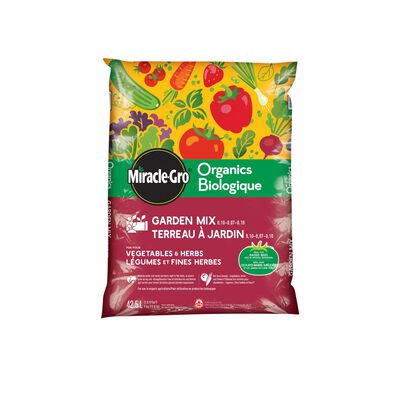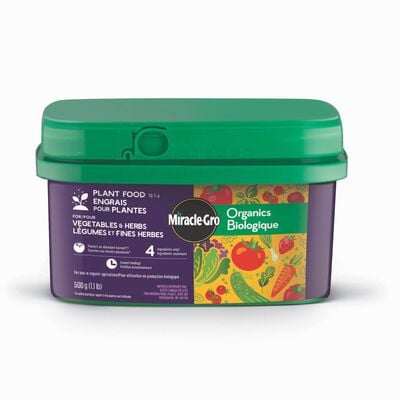
Planting & Growing Daffodils
After a long winter, daffodils add a touch of colour to early spring days when many other plants are still quiet. With a little careful preparation, beautiful groupings of these happy flowers can brighten your spring mornings.
For Spring Blooms, Plant in the Fall
Early spring colour means planning ahead. But like any good thing, they're worth the wait. Remember, if you buy bulbs in the summer, be sure to store them in a cool place with good air circulation. Wait until the soil cools down in fall - about 2-4 weeks before the first frost date - then plant.
Prepare Your Soil for Daffodils
Daffodils like somewhat acidic soil. If you're not sure about your soil, it's a good idea to do a soil test, and then amend your soil as needed. Since daffodils also like good drainage, turn your soil about 30 cm (12") deep and add compost or garden soil, such as Miracle-Gro® Organics Garden Mix for Vegetables and Herbs according to label directions. Hillsides or raised beds are good sites for daffodil groupings.
Planting Daffodil Bulbs
Plant the bulb pointy side up at least 15 cm (6") deep. In sandy soils, go a little deeper. Once planted, water your daffodil bulbs well, keeping soil moist until fall rains take over.
Feeding Daffodils
When your bulbs start sprouting in the spring, begin feeding them with a plant food such as Miracle Gro® Water Soluble All Purpose Plant Food. After flowering, continue watering and feeding your daffodils until the leaves turn yellow to replenish the bulbs for next year's blooms.
They've Bloomed. Now What?
After blooming, your daffodil plants will turn yellow. At that point, it's safe to cut them back. Some experts also recommend digging up the bulbs at this point, washing and drying them, and storing them in a cool, airy place until you're ready to replant them in the fall

